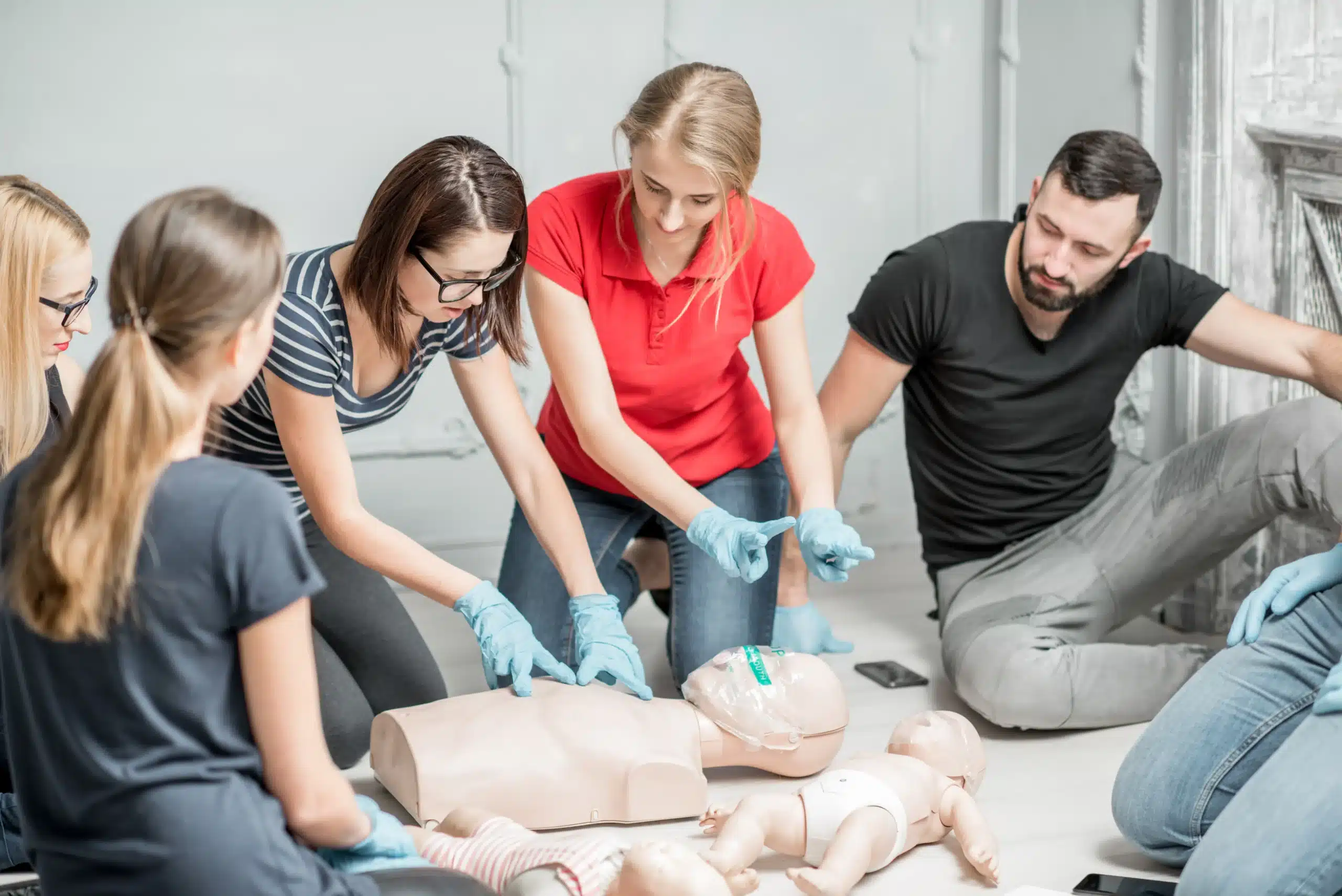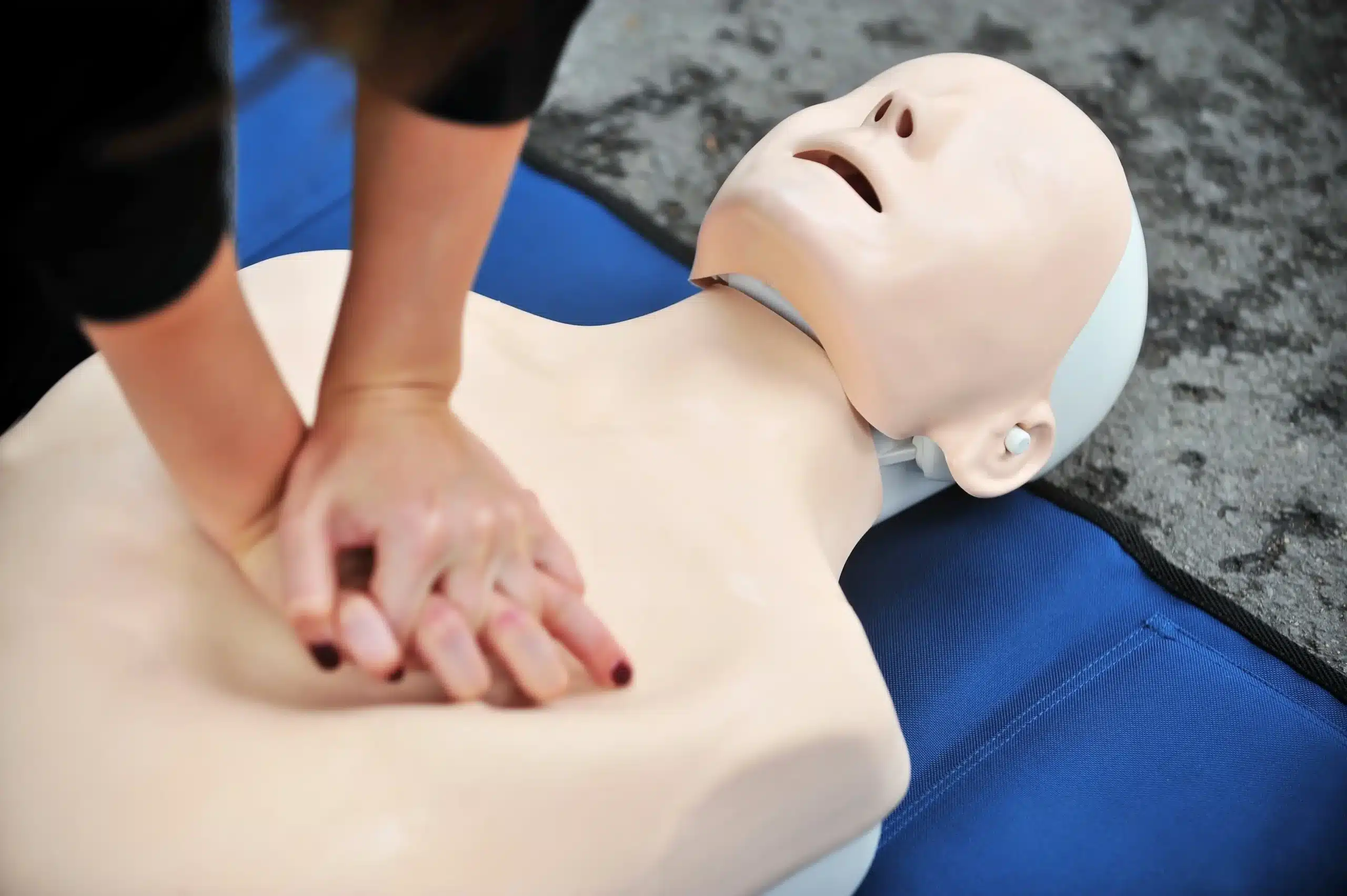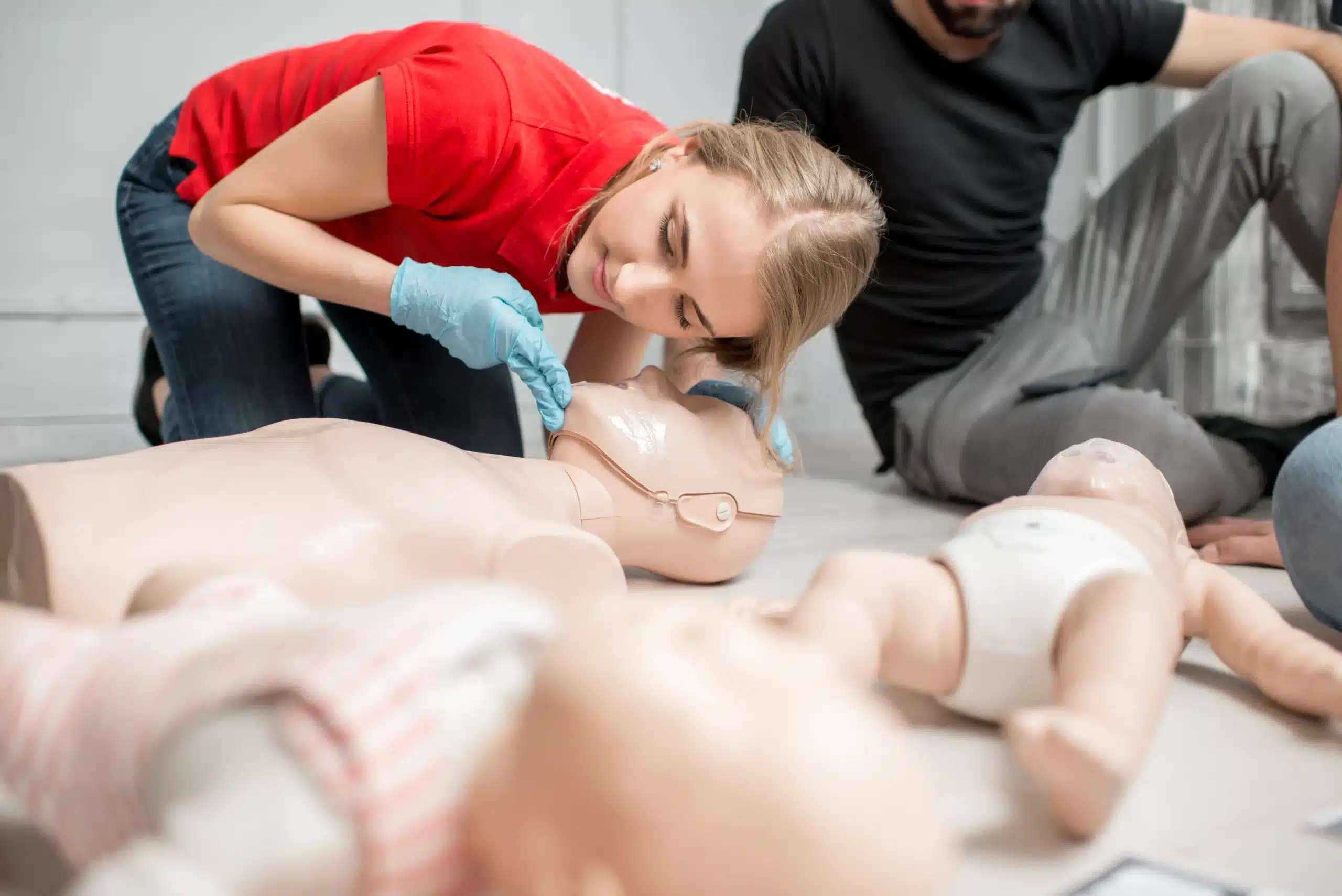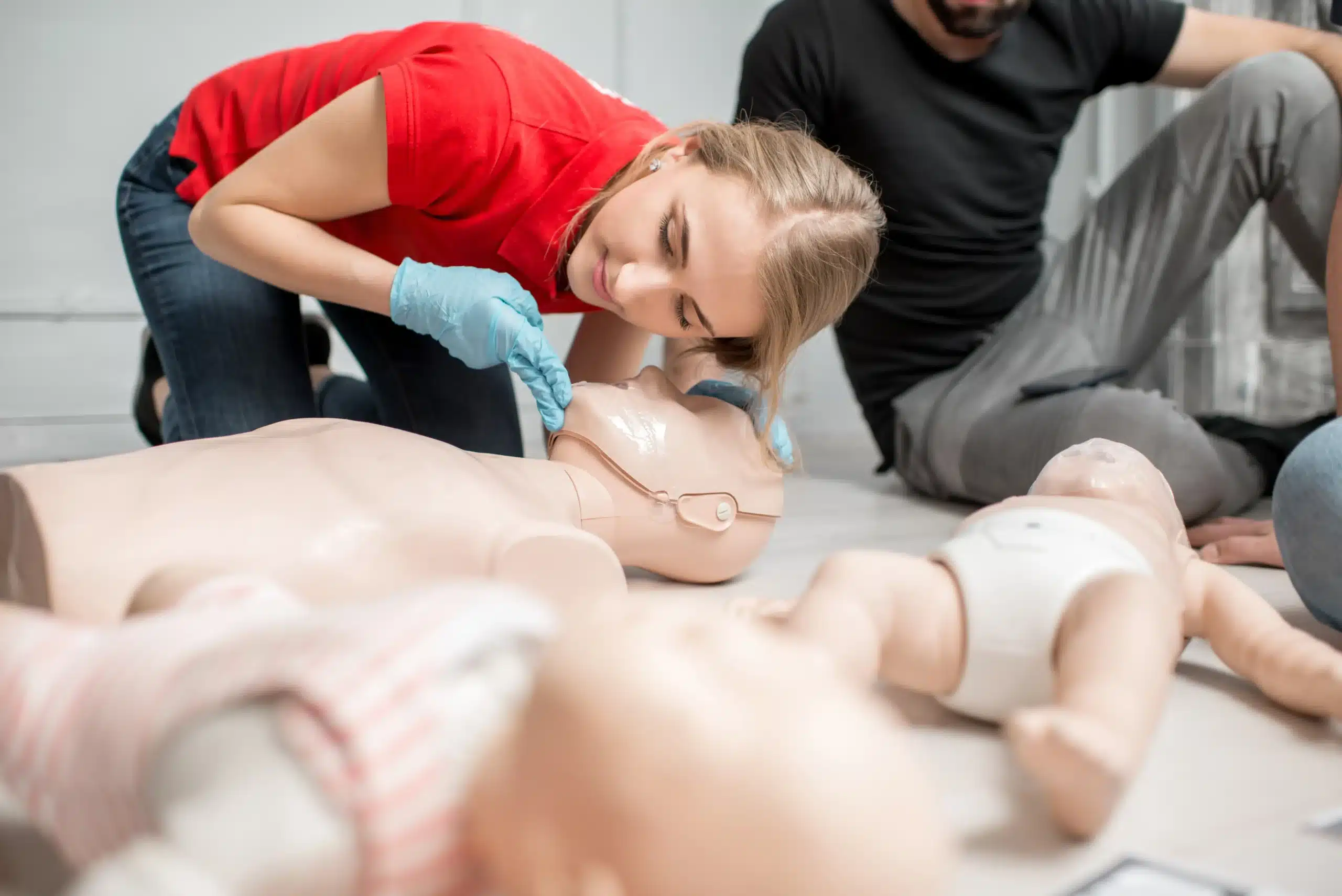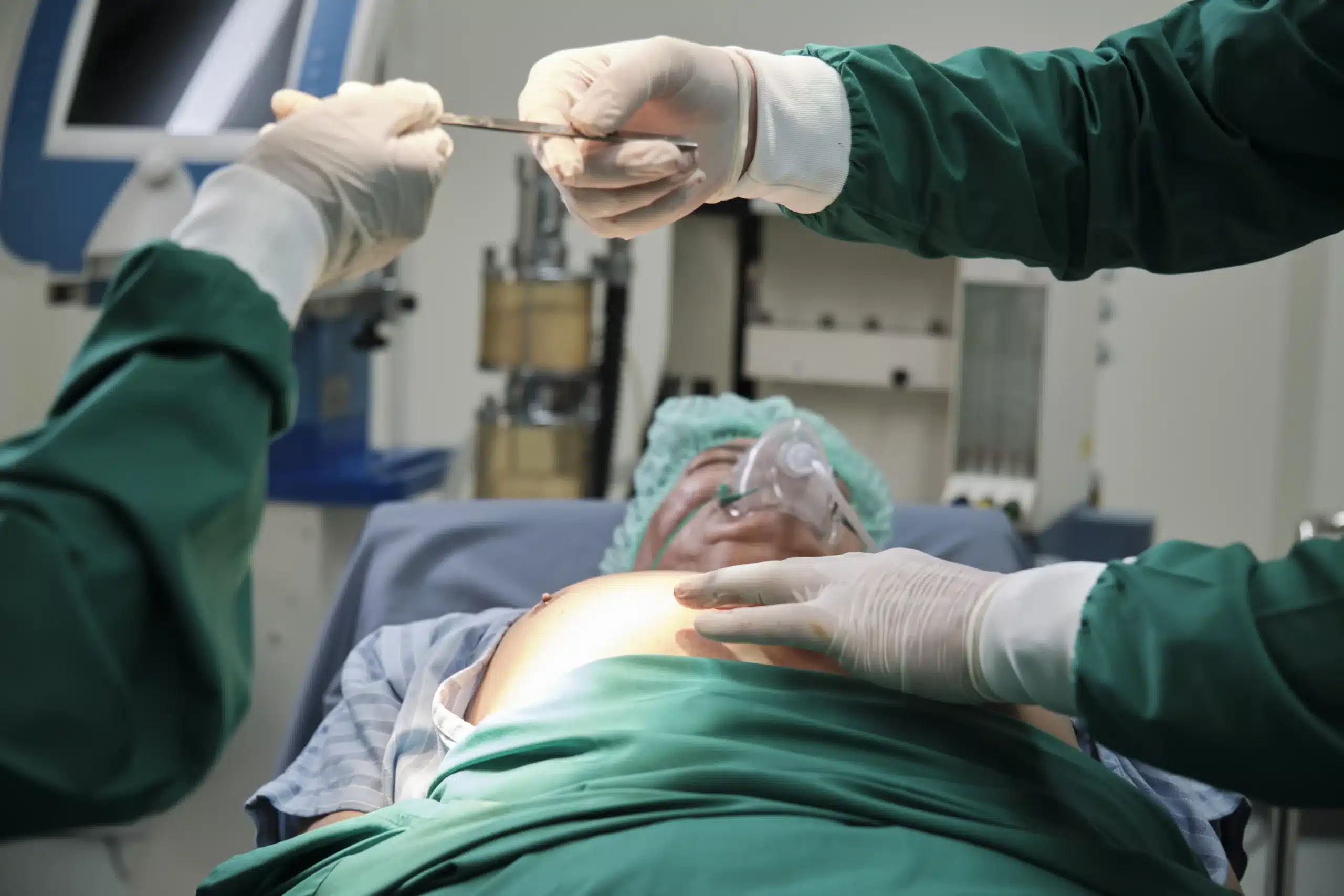Emergencies can happen anytime, anywhere. Would you know what to do if someone near you experienced a sudden cardiac arrest? CPR certification equips you with the skills and confidence to respond effectively in such critical situations. This guide explores the world of CPR certification courses in Santa Rosa, offering valuable insights into the process, benefits, and available options. We’ll cover the various types of CPR certifications, including BLS, ACLS, and PALS, and discuss what each entails. We’ll also delve into the costs associated with these courses, the duration of training, and the qualifications of instructors in Santa Rosa. Whether you’re a healthcare provider, a community member, or simply someone wanting to make a difference, this guide will help you find the perfect CPR certification course to meet your needs.
Key Takeaways
- CPR certification equips you with life-saving skills. Whether you’re a healthcare provider, a parent, or want to be prepared, find a Santa Rosa CPR course that fits your needs.
- The right CPR course depends on your goals and learning style. Research providers, compare options, and consider factors like format, instructor experience, and cost. Reach out to training centers directly with any questions.
- Maintain your CPR skills. Renew your certification every two years and pursue continuing education to stay current with the latest guidelines and best practices.
What is CPR Certification?
CPR certification shows you know how to perform cardiopulmonary resuscitation (CPR) and other life-saving techniques during emergencies. It’s essential for healthcare providers, first responders, and anyone who wants to be prepared to help in a crisis. This training gives you the skills to handle emergencies, providing immediate care that can truly make a difference. The American Heart Association’s Basic Life Support (BLS) CPR class teaches you to recognize emergencies that require CPR and how to deliver high-quality chest compressions. You’ll also learn how to provide proper ventilation and effectively use an Automated External Defibrillator (AED). After completing the course, you’ll receive an official certification card, usually valid for two years, ensuring you’re up-to-date with the latest techniques and guidelines. Knowing you have these skills can give you confidence and peace of mind in any situation.
CPR Certification Courses in Santa Rosa
Santa Rosa offers a variety of CPR certification courses to meet the needs of healthcare providers, workplace responders, and community members. Let’s explore some of the key certifications available:
BLS
The BLS (Basic Life Support) CPR class covers core life-saving skills for healthcare professionals and other trained responders. You’ll learn how to perform high-quality CPR for adults, children, and infants, use an AED (Automated External Defibrillator), and relieve choking. BLS certification is provided through the American Heart Association.
ACLS
The ACLS (Advanced Cardiovascular Life Support) course builds upon the fundamentals of BLS and focuses on advanced life-saving techniques for healthcare professionals. ACLS certification covers airway management, rhythm recognition, and effective team dynamics during cardiac emergencies.
PALS
Designed for healthcare providers who care for infants and children, the PALS (Pediatric Advanced Life Support) course teaches specialized resuscitation techniques. PALS certification emphasizes effective assessment, intervention, and stabilization strategies for pediatric emergencies.
NRP
The NRP (Neonatal Resuscitation Program) course focuses on the specific needs of newborns requiring resuscitation. This specialized training equips healthcare professionals with the skills to manage respiratory and cardiovascular emergencies in neonates. NRP certification covers essential procedures, including airway management, chest compressions, and medication administration.
Costs & Value
Getting CPR certified is an investment in your skills and the well-being of your community. Let’s break down the costs associated with CPR training in Santa Rosa and explore the value it brings.
Course Pricing
CPR certification costs in Santa Rosa are generally affordable, making this life-saving skill accessible to most people. Basic CPR and First Aid certification courses typically range from $75 to $100. More advanced courses, such as ACLS (Advanced Cardiovascular Life Support) or PALS (Pediatric Advanced Life Support), may have slightly higher prices due to the specialized training involved. For a detailed breakdown of our course pricing, visit our website.
Group Discounts
If you’re coordinating CPR training for a group, such as coworkers, a school group, or a community organization, explore group discounts. Many training centers, including Safety Training Seminars, offer reduced rates for group bookings. This can be a smart way to ensure everyone receives the training they need while managing costs. Learn more about our group discounts.
Low Price Guarantee
At Safety Training Seminars, we believe that cost shouldn’t prevent anyone from learning CPR. We’re committed to offering a low price guarantee for our courses in Sonoma County. This means you’ll receive high-quality, certified training at a competitive price. We encourage you to compare our prices—we’re confident you’ll find exceptional value.
Course Duration & Formats
CPR course formats vary, so you can find one that fits your schedule and learning style. Let’s explore the most common options: in-person, online, and hybrid. Each has its own advantages, so consider what works best for you.
In-Person
In-person CPR classes in Santa Rosa are generally concise, wrapping up within a few hours. They’re led by experienced instructors in a comfortable environment. This format offers hands-on practice and direct interaction with the instructor, allowing for immediate feedback and personalized guidance. In-person training is ideal for those who prefer a structured learning environment and value face-to-face instruction.
Online
Online CPR courses provide a flexible way to learn, letting you complete the training at your own speed. Some programs take as little as 15 minutes, offering a quick and efficient way to learn CPR fundamentals. This format is perfect for those with limited time or who prefer self-paced learning. However, keep in mind that online courses typically require an in-person skills session for certification. Check with your chosen provider for specific requirements.
Hybrid
Hybrid courses combine online learning with in-person skills sessions. You’ll cover the theoretical material online at your own pace, then attend a hands-on session to practice your skills and receive instructor feedback. This blended learning approach is a popular choice for those seeking flexibility and practical application. If a hybrid course sounds right for you, learn more about how these courses are structured through the American Red Cross.
Instructor Qualifications
When choosing a CPR certification course, the instructor’s qualifications are essential for a valuable learning experience. A skilled instructor can significantly impact your confidence and ability to perform CPR effectively. Here’s what to consider:
Certifications
Your instructor should possess current certifications from a recognized organization like the American Heart Association (AHA). This confirms they’ve met specific training standards and are knowledgeable in the latest CPR guidelines. AHA certifications involve comprehensive training, from basic life support (BLS) to advanced cardiovascular life support (ACLS), ensuring instructors stay updated on any changes in CPR techniques.
Experience
Real-world experience is a valuable asset for CPR instructors. Instructors who have applied their skills in actual emergencies offer a practical perspective that goes beyond textbook knowledge. Consider instructors with backgrounds in healthcare, emergency services, or similar fields. Their firsthand insights can enrich your understanding of CPR. Safety Training Seminars values experienced instructors who can effectively share real-world scenarios and address your questions.
Teaching Skills
A good instructor creates a comfortable learning environment where you can confidently ask questions and practice your skills. They should explain complex concepts clearly, provide constructive feedback, and facilitate engaging, interactive training. Effective communication and a supportive approach are crucial for a positive learning experience. Look for CPR training that emphasizes hands-on practice and personalized instruction.
Choose the Right CPR Course
Finding the right CPR course isn’t one-size-fits-all. It depends on your specific needs and circumstances. Whether you’re a healthcare professional needing recertification or someone wanting to learn CPR for the first time, this guide will help you find the right CPR training Santa Rosa has to offer.
Assess Your Needs
First, determine why you need CPR certification. Are you required to have it for your job, or are you learning it for personal knowledge? Different professions have different requirements. Healthcare providers, for example, typically need a more advanced level of certification, like BLS or ACLS, while others may only need basic CPR and first-aid training. Understanding your needs will help you narrow your options.
Consider Your Schedule & Learning Style
Think about your schedule and how much time you can commit to a CPR course. Many CPR classes in Santa Rosa combine online learning with hands-on practice, offering flexible scheduling options. Courses are typically a few hours long and are taught by certified instructors. If you prefer in-person instruction, look for classes offered at convenient locations. If your schedule is tight, consider a blended learning format that combines online coursework with in-person skills sessions.
Evaluate Course Offerings
When choosing a CPR certification course, it’s important to consider the qualifications of the instructors and the credibility of the training provider. Look for courses that are officially certified, such as those offered by the American Heart Association (AHA). Safety Training Seminars offers AHA-certified CPR classes at two convenient Santa Rosa locations: Larkfield-Wikiup and Downtown. Also, consider whether the course offers the specific type of CPR training you need, such as BLS, ACLS, PALS, or NRP. Finally, check if the course includes a certification card upon completion, as this is often required for employment or other purposes. Don’t hesitate to contact the training provider directly if you have any questions about their courses. They should be happy to help you find the right fit.
Register & Attend Your Course
Once you’ve chosen the right CPR course, it’s time to register and prepare for your training. Here’s a step-by-step guide:
Enroll
Enrolling in a CPR class with Safety Training Seminars is straightforward. We offer AHA-certified CPR classes at two convenient Santa Rosa locations: Larkfield-Wikiup and Downtown. Browse our course catalog and find the class that best fits your needs. Basic CPR and first aid certification courses typically cost between $75 and $100. We also offer discounts for group classes, making training your team more affordable.
Cancellation & Rescheduling
We understand that plans change. While refunds aren’t available after you register for a CPR course, rescheduling is an option. A $30 rescheduling fee applies. If you don’t reschedule within seven days of the original class date, you forfeit your registration fee.
What to Bring
For a smooth start to your training, bring a few essential items. You’ll need your RQI login information and the entry instructions we send via text or email. Having these details on hand will streamline check-in so you can focus on learning.
What Happens During Training?
Want to know what to expect during your CPR training? Here’s an overview of a typical class, from the equipment you’ll use to how you’ll earn your certification.
Materials & Equipment
Your CPR class will provide all the necessary training materials. Expect specialized equipment like training mannequins designed for realistic practice. These mannequins allow you to learn proper hand placement, compression depth, and rescue breathing techniques. You’ll also likely use an Automated External Defibrillator (AED) trainer to familiarize yourself with this life-saving device. Supplemental materials, such as training manuals or videos, may also enhance the learning experience.
Hands-on Practice
CPR training is highly interactive. You’ll spend a significant portion of your class practicing the skills you learn. Expect guided, hands-on practice with the training mannequins and AED trainers. Instructors often create scenarios to simulate real-life emergencies, helping you develop critical thinking skills and build confidence.
Assessment & Certification
To earn your CPR certification, you’ll complete a skills assessment at the end of your training. This typically involves demonstrating your CPR technique and AED use on a mannequin. Upon successful completion, you’ll receive an official American Heart Association (AHA) certification card, valid for two years. This nationally recognized certification validates your readiness to provide CPR in an emergency.
Maintain Your CPR Certification
CPR certification isn’t a one-and-done deal. Staying current with your skills is crucial for providing effective assistance in emergencies. This involves understanding renewal requirements and pursuing continuing education opportunities.
Renew Your Certification
CPR certifications, such as the American Heart Association BLS CPR card, are typically valid for two years. To maintain your credentials and ensure you’re prepared to respond confidently, renew your certification before it expires. This involves retaking the CPR course and passing the required skills tests. Upon successful completion, you’ll receive a new certification card, validating your skills for another two years. Keep track of your certification’s expiration date and plan to renew in advance to avoid any lapse in your qualifications.
Continuing Education
Even with a valid certification, continuing education is essential for refining your CPR skills and staying informed about the latest guidelines. Look for opportunities to expand your knowledge and practice your skills. Many CPR training providers offer refresher courses, workshops, and online resources to help you stay sharp. Santa Rosa CPR offers a variety of courses, including RQI classes, to help you maintain your skills. Consider taking advantage of these resources to reinforce your training and ensure you’re always ready to respond effectively in an emergency. Staying proactive about your CPR education demonstrates your commitment to providing high-quality care and strengthens your ability to make a difference when it matters most.
CPR Certification Providers in Santa Rosa
Finding the right CPR certification course means understanding what each provider offers. Here’s a look at some of the CPR training providers in Santa Rosa:
Safety Training Seminars
Safety Training Seminars offers AHA-certified CPR classes at two convenient Santa Rosa locations: Larkfield-Wikiup and Downtown. They focus on providing CPR and First Aid certification to equip you with the skills to handle emergencies. For healthcare providers seeking BLS, ACLS, PALS, or NRP certification, they offer the convenient and efficient RQI program. They also offer group discounts and a low price guarantee.
American Red Cross
The American Red Cross provides CPR training in Santa Rosa that meets OSHA requirements, making it suitable for various professional needs. They offer courses for individuals, first responders, and organizations.
American Heart Association Training Centers
While not a specific training center, remember that many facilities offer AHA-certified courses. These courses often utilize the RQI program, a popular choice for medical professionals seeking BLS, ACLS, and PALS certification.
CPR Certification Plus
CPR Certification Plus offers AHA BLS CPR classes in Santa Rosa, taught by certified AHA instructors. Their AHA BLS CPR card is valid for two years.
In Home CPR
In Home CPR provides ASHI-certified First Aid and CPR AED training in Santa Rosa. These certifications meet OSHA requirements and are valid for two years. They specialize in bringing the training to your home or business.
Critical Care Training Institute
Critical Care Training Institute offers a range of courses, including ACLS, CPR, PALS, First Responder, ECG, and BLS in Santa Rosa. Check their website for their cancellation and refund policy. Classes tend to fill up, so register early.
Health First Training
Health First Training offers CPR classes in Santa Rosa and receives positive reviews for its engaging and interactive approach. You can find more information and reviews on sites like Yelp.
Save A Heart CPR
Save A Heart CPR provides various courses, including Water Safety and MAB/AB508 training, which complies with California SB1299. Review their cancellation and rescheduling policy before registering.
Related Articles
- CPR Certification Near Me: A Complete Guide – Santa Rosa CPR Classes
- Find CPR Classes in Santa Rosa: Your Complete Guide – Santa Rosa CPR Classes
- BLS Classes in Santa Rosa: Your Complete Guide – Santa Rosa CPR Classes
- ACLS Certification in Santa Rosa: Your Comprehensive Guide – Santa Rosa CPR Classes
- PALS Certification in Santa Rosa: Your 2024 Guide – Santa Rosa CPR Classes
Frequently Asked Questions
What’s the difference between CPR and First Aid certification? CPR focuses specifically on life-saving techniques for cardiac and breathing emergencies. First Aid covers a broader range of injuries and illnesses, including cuts, burns, and allergic reactions. Often, you can take both CPR and First Aid training together.
How long does CPR certification last, and how do I renew it? CPR certification is typically valid for two years. To renew, you’ll need to retake the course and pass a skills test before your current certification expires. This ensures your skills and knowledge are up-to-date.
Which CPR certification is right for me? The best CPR certification depends on your specific needs. Healthcare providers often require BLS, ACLS, PALS, or NRP certification. For general knowledge or workplace requirements, a basic CPR and First Aid course might suffice. Consider your profession and reasons for getting certified when choosing a course.
What if I need to reschedule my CPR class? Contact the training provider as soon as possible. Most providers allow rescheduling, though there might be a fee. Be aware of their specific policies, as they may vary.
How can I find CPR classes near me? Search online for “CPR classes near me” or check with local hospitals, community centers, or organizations like the American Red Cross or the American Heart Association. Many training providers also have websites with course schedules and registration information.
